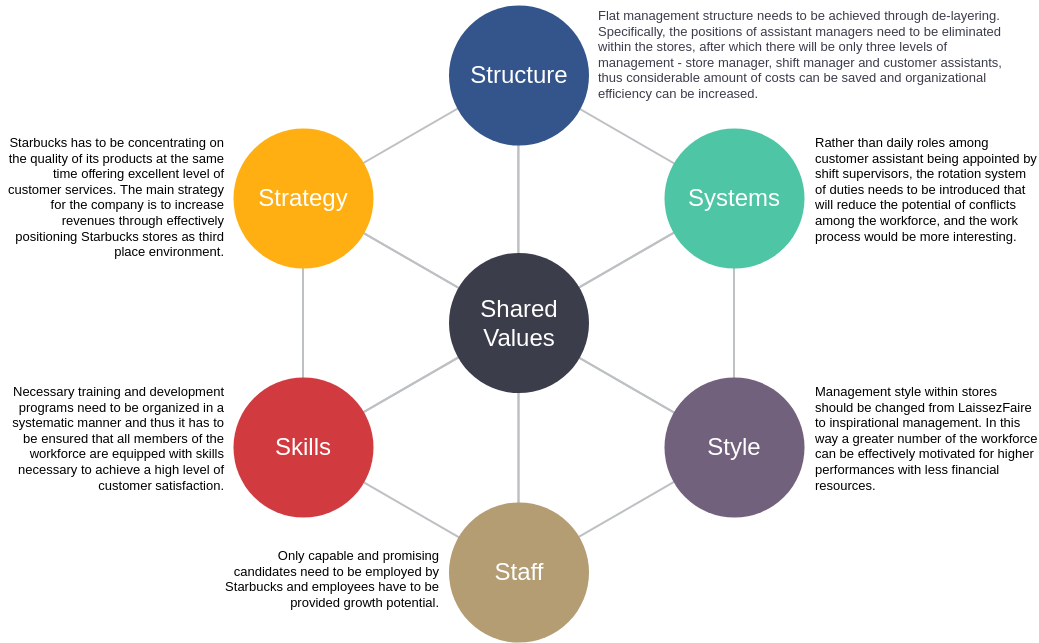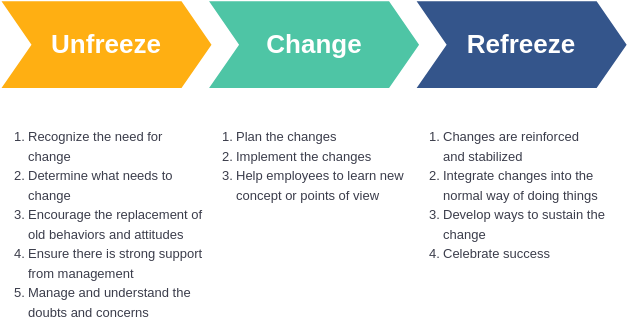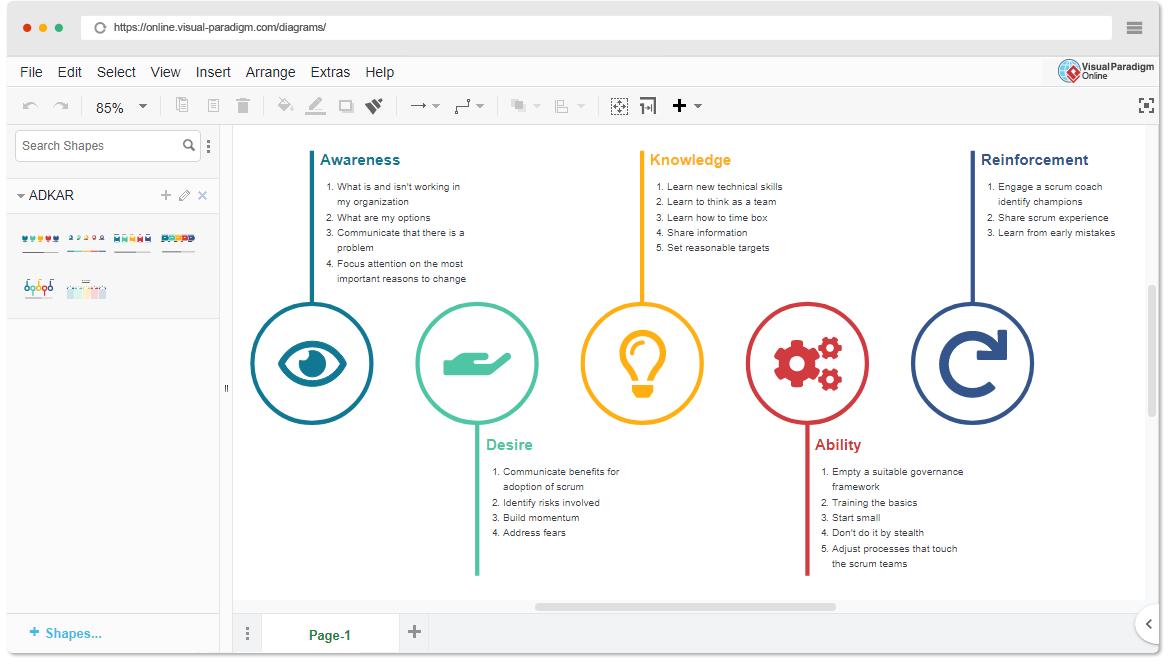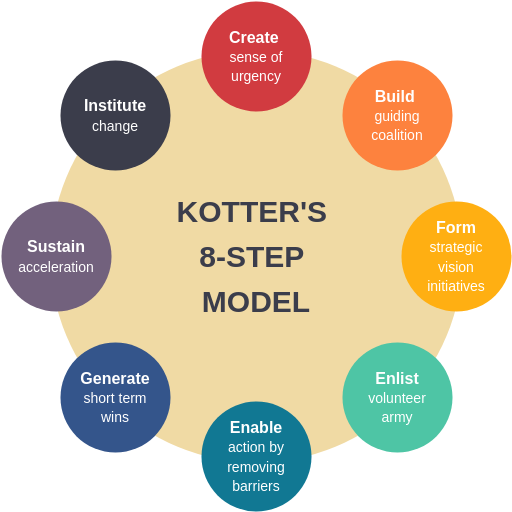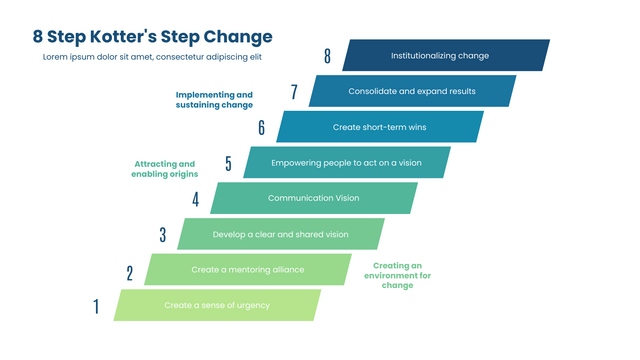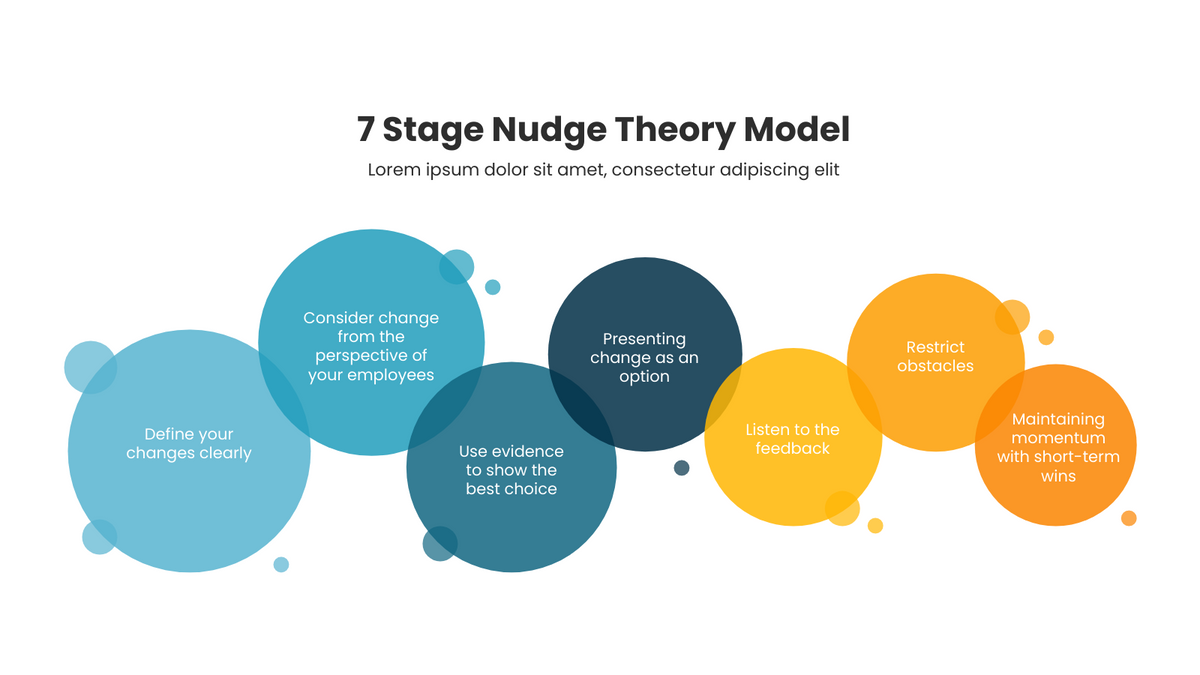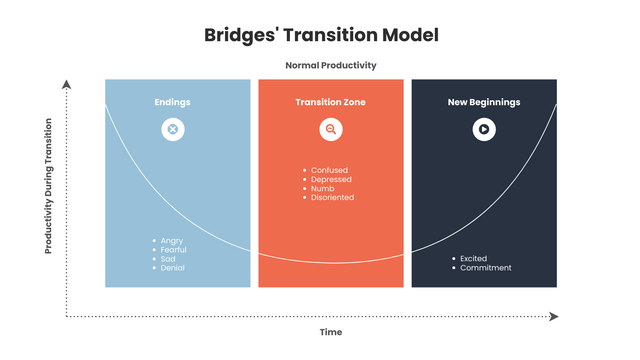Unraveling Complex Issues: The Power of Cause and Effect Analysis with Fishbone Diagrams
Introduction Cause and effect analysis is a powerful tool that allows individuals and teams to understand the intricate relationships between events or elements in a system. At the heart of this analytical approach lies the Fishbone Diagram, also known as the Cause and Effect Diagram or Ishikawa Diagram. This visual representation helps organize information and fosters a comprehensive exploration of potential causes and effects related to a specific problem. Understanding the Fishbone Diagram Purpose and Structure: The Fishbone Diagram serves as a visual representation of cause-and-effect relationships. It organizes a vast amount of…continue reading →




